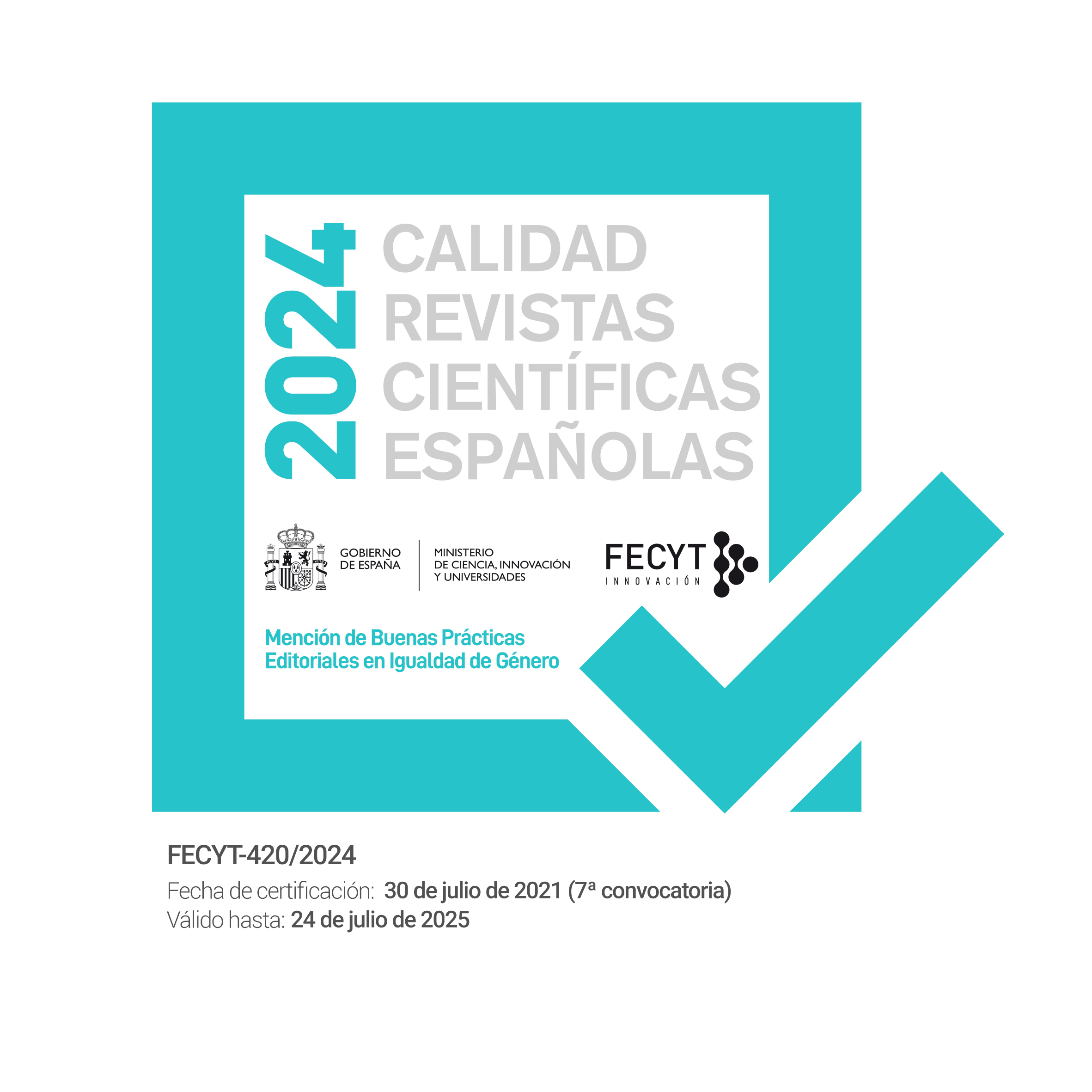FROM PLATO’S CAVE TO MODERN PRISONS: VISION AND OBSCURITY IN 20TH CENTURY POLITICAL LITERATURE, FILM, AND ART
Keywords:
light, darkness, blindness, political literature, collectivity, subjectivity, artAbstract
Ever since Plato and until the Enlightenment, light has been associated to Goodness, knowledge and Truth. However, the discourse under which light was regarded as something positive and that associated darkness to ignorance has been reevaluated from the nineteenth century onwards. The emphasis on shadows and obscurity, which emerged during Romanticism, has developed in the political literature, art and film of the twentieth century, when light has been linked to the excesses of reason leading to dehumanization in contemporary societies, and to totalitarianism. Conversely, darkness and blindness, rather than negative conditions, become metaphors of the resistance of the individual when confronted with political oppression. In this article, I explore this new understanding of darkness and blindness in the artworks of Ana Maria Pacheco, Ariel Dorfman’s play Death and the Maiden, the film Garage Olimpo, directed by Marco Bechis, and José Saramago’s novel Blindness.Downloads
How to Cite
Issue
Section
License
All contents published in the journal are protected under a Creative Commons BY-NC-ND license. This corresponds to legislation within Spain, and does not allow commercial use of the texts. It is not possible to modify the contents either.
General information.
Comparative Literature magazine 452ºF [ISSN 2013-3294] is a publishing project coordinated by Asociación Cultural 452ºF, and developed by its Editorial board.
Access to the Contents and Copyright.
All contents published in the journal are protected under a Creative Commons BY-NC-ND license. This corresponds to legislation within Spain, and does not allow commercial use of the texts. It is not possible to modify the contents either.
Every person has free access to the contents of the journal as long as they understand and assume that no profit is to be made on other people’s work.
In all cases, the original source name of the online journal and the article must be mentioned when used for any purposes.
Basic Conditions of all Call for Papers.
- 1. The author accepts that sending the paper:
- a. Does not guarantee the publication of it.
- b. Is done in accordance to the style-sheet of the magazine and the requirements of the specific call for papers.
- c. Implies the non-exclusive transferring of the first publication rights of the paper, as long as it is selected to be published in the journal, to theAsociación Cultural 452ºF, under a Creative Commons BY-NC-ND license.
- 2. The journal 452ºF, in due respect to moral rights of a copyright, guarantees that:
- a. All papers will be evaluated according to the procedure already mentioned.
- b. All authors will receive either a positive or negative answer to their sending a paper for publication.
- c. All papers will be published unabridged. The journal might make changes in the typographical disposition according to the needs.
- d. All papers will be published under a Creative Commons BY-NC-ND license.




